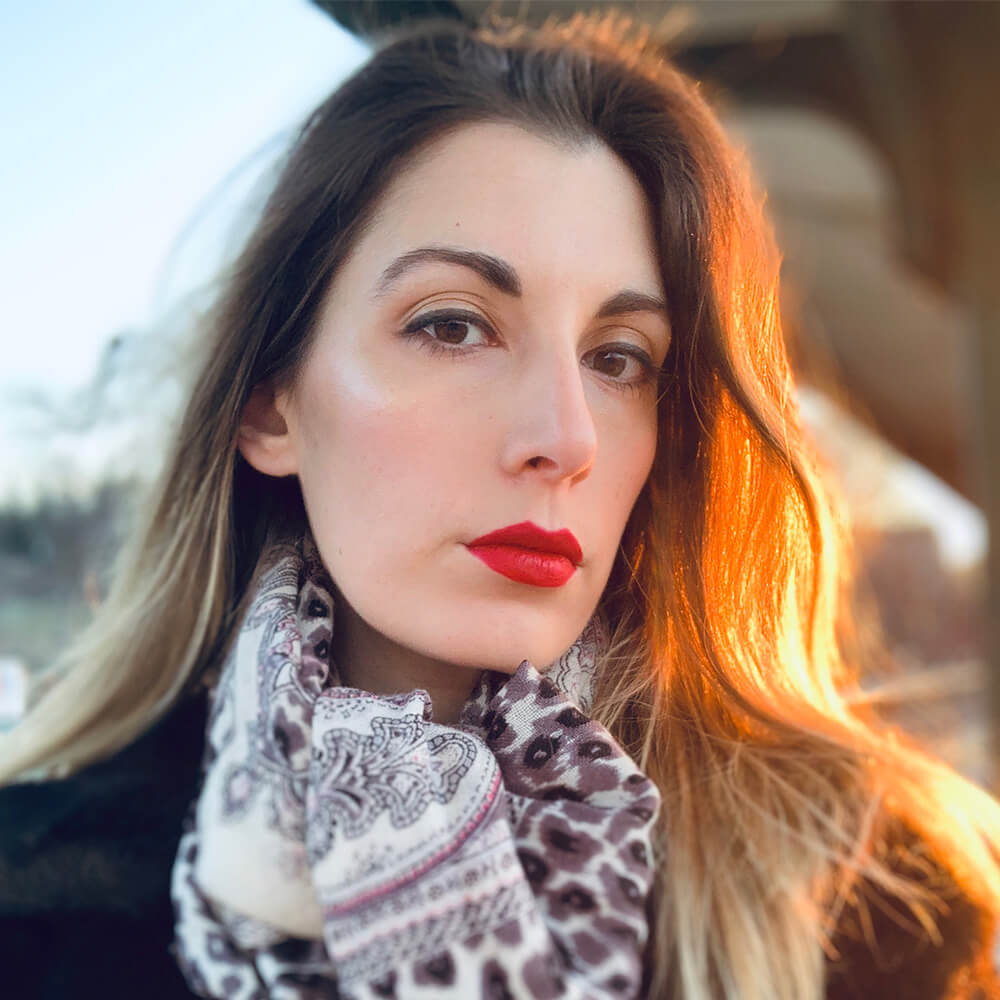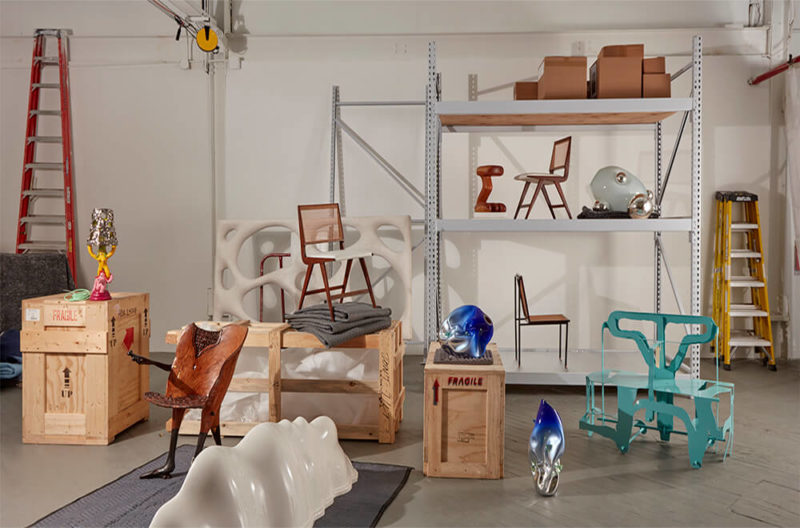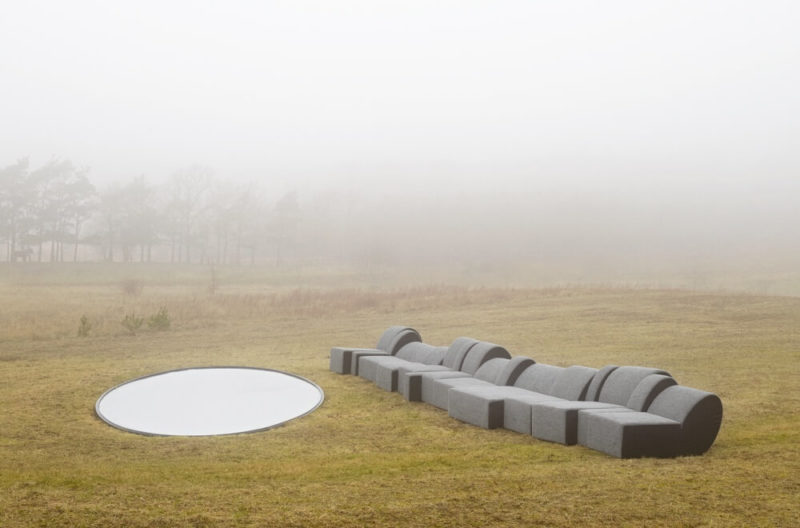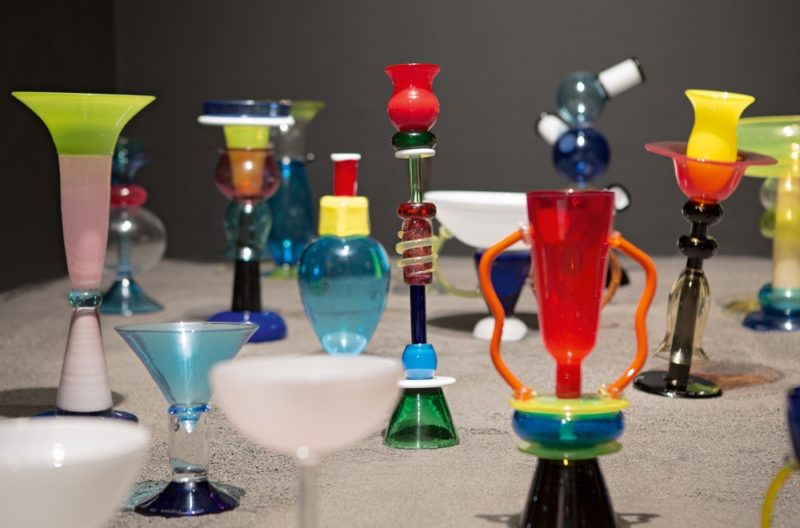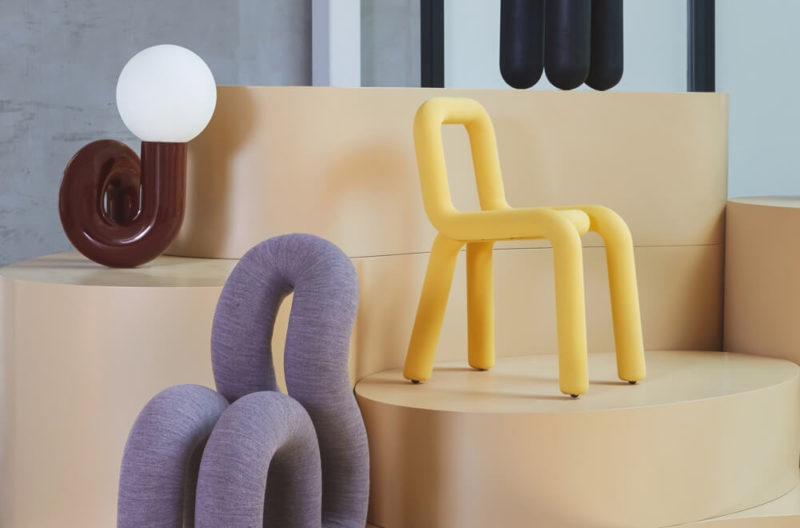Wentrcek Zebulon
The Design Edit catches up with the designers as they leave their darkened studio, which represented an era of bold, material-led experimentation.
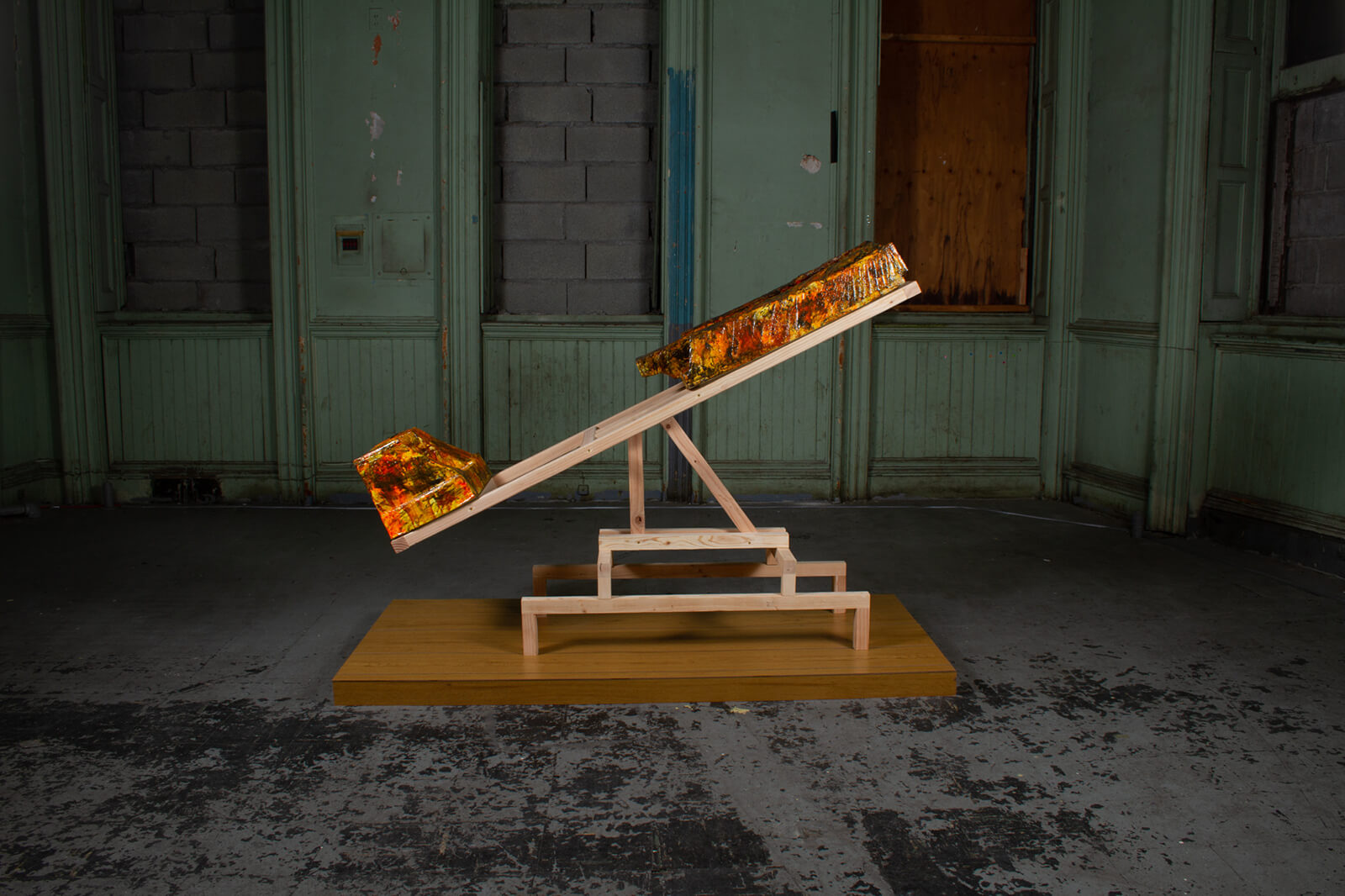
Wentrcek Zebulon, Untitled, 2019
COURTESY: Wentrcek Zebulon
AS SOON AS I arrive at Wentrcek Zebulon’s studio they hand me a headlamp. Andrew Zebulon and Kristen Wentrcek have been working out of a 19th century bank on the border of Brooklyn neighbourhoods Bedstuy and Crown Heights for over four years. A recent carbon monoxide scare led their landlord to cut off the power – and rather than wait it out they decided to venture to new pastures. “When we moved in it was like this, it was dark. It started rugged and it’s ending rugged,” Zebulon tells me. It’s the end of an era.
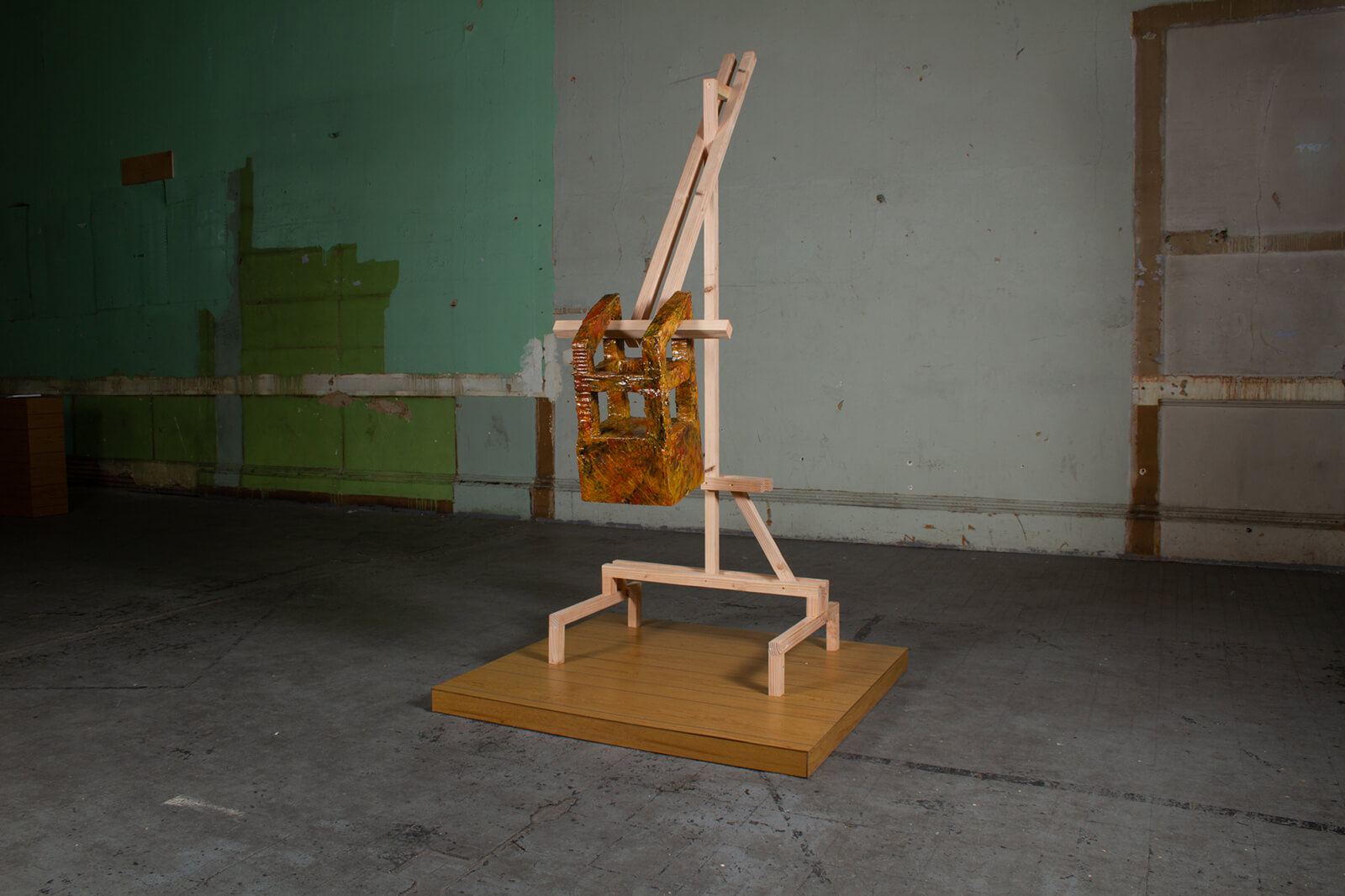
Wentrcek Zebulon, ‘The Witch’, 2019
COURTESY: Wentrcek Zebulon
We turn our lamps up in unison to examine the tin ceiling and generous skylight that the designers never got around to opening. The windows were always painted black, which made for great parties, although the ultimate party spot would be the old bank vault in the basement.
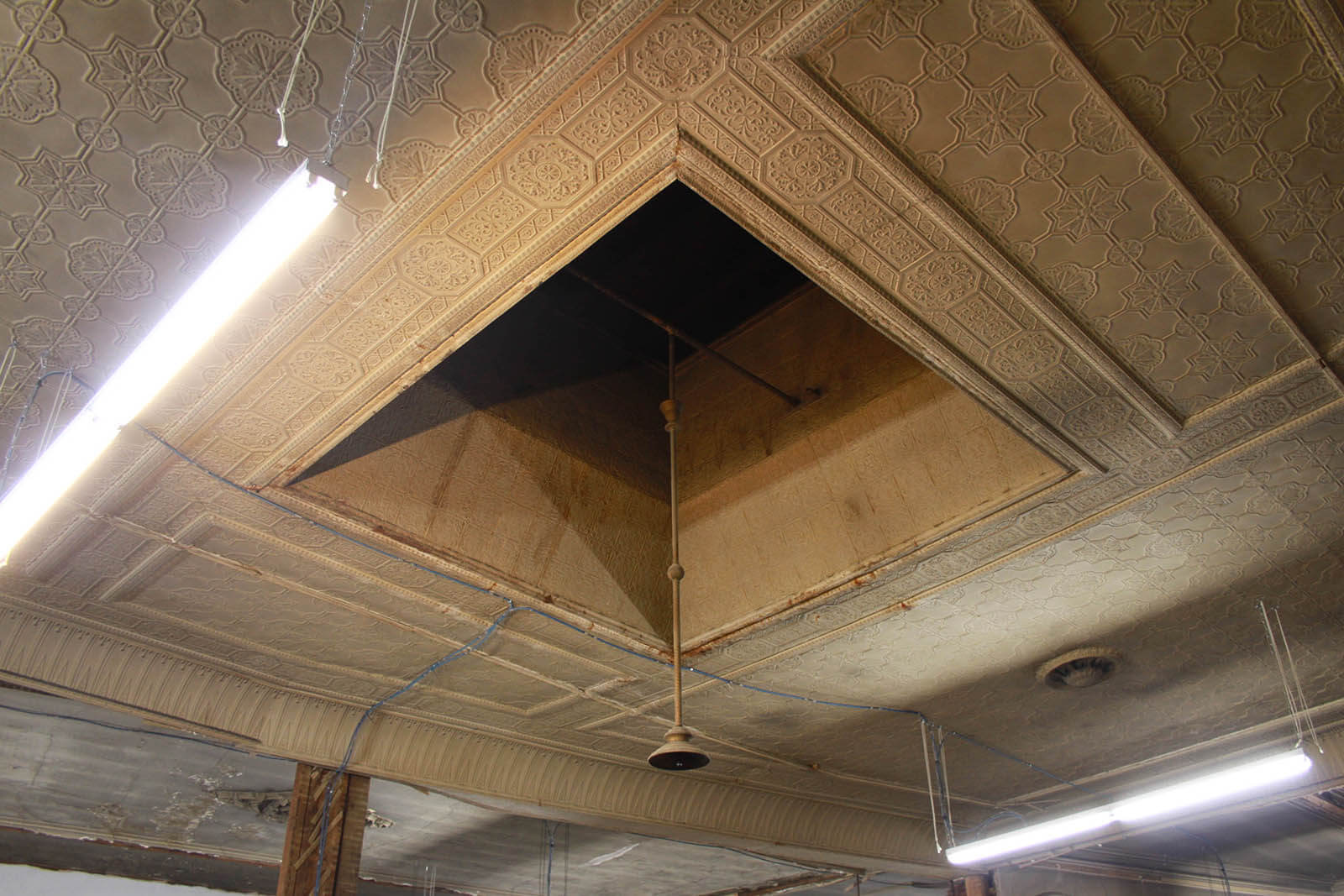
Skylight in studio
COURTESY: Wentrcek Zebulon
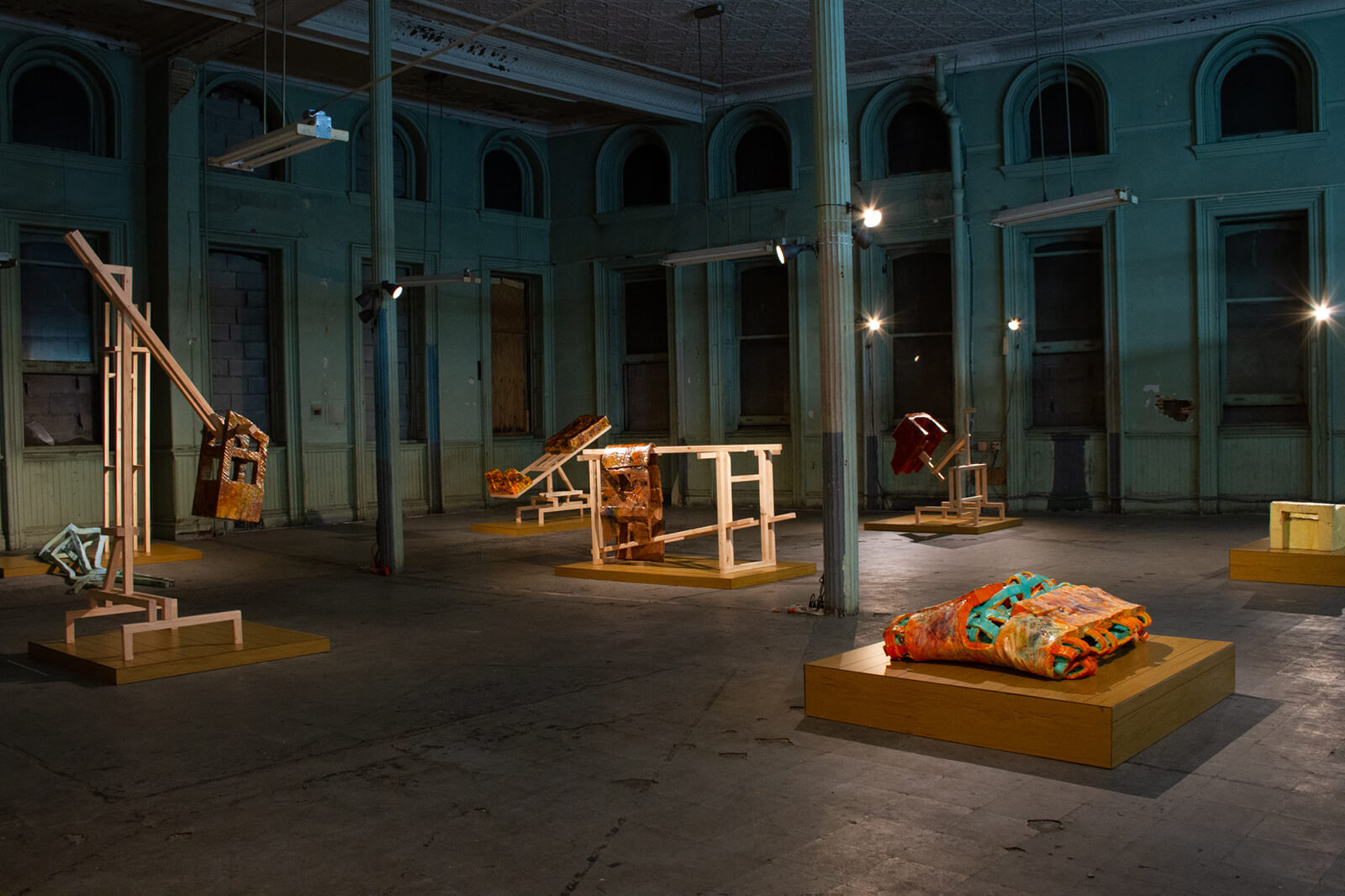
Installation view, ‘My New Appendage’, 2019
COURTESY: Wentrcek Zebulon
Work from the last four years is laid out in a grid on the floor and we move around it like anglerfish. The work tells the story of the studio’s evolution from functional to collectible design. “We got more interested in what we wanted to do than what we wanted the object to do,” Zebulon says. The desire to be led by materials has taken the studio off the beaten path – literally and figuratively.
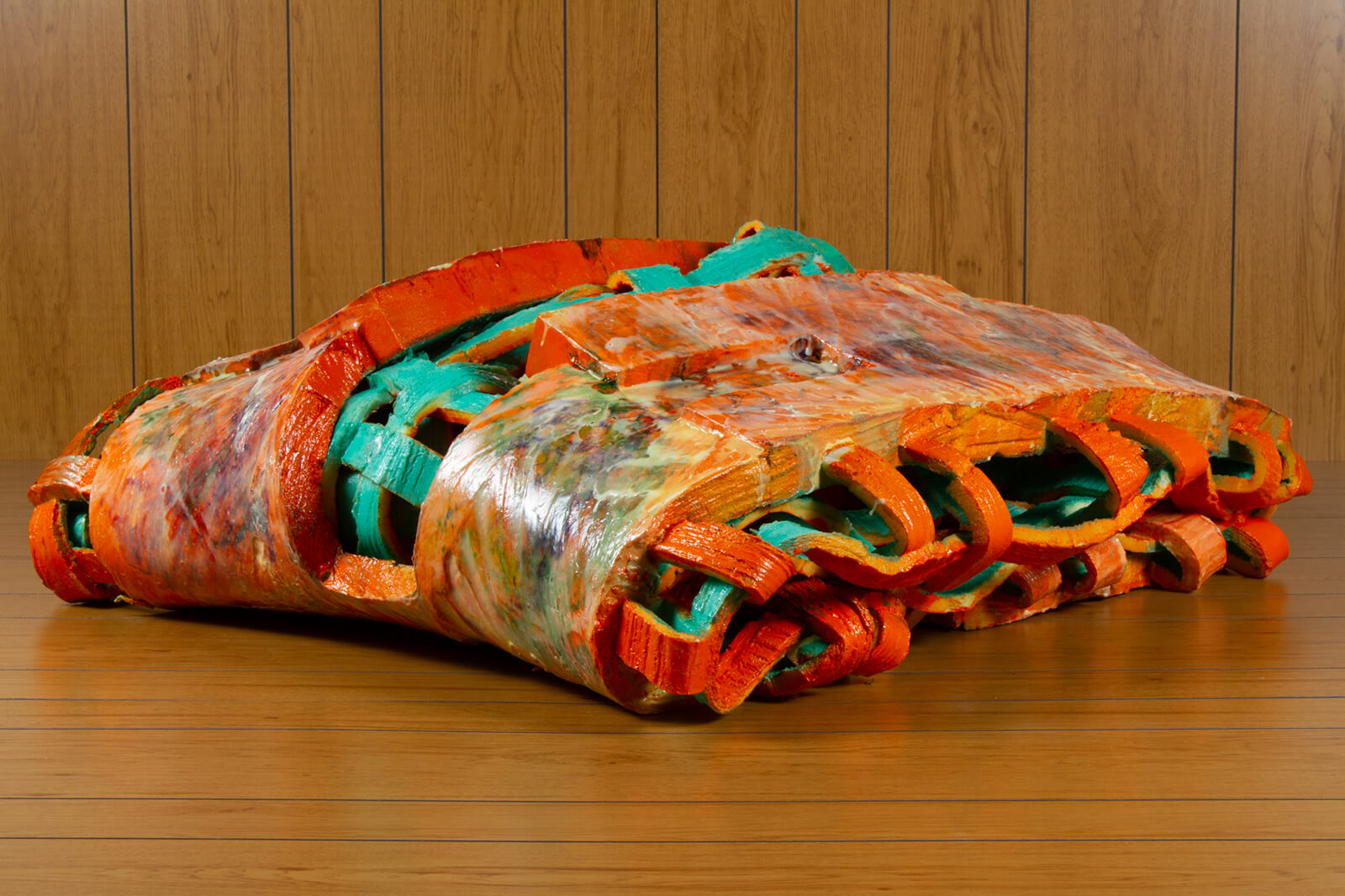
Wentrcek Zebulon, ‘The Heap’, 2019
COURTESY: Wentrcek Zebulon
In 2016, the pair drove from Maine to Ohio shortly after Christmas to collect 800 pounds of Vietnamese rubber from an importer who was about to leave for Disneyworld with his family. He offered them the rubber for free, but they gave him a bottle of Grey Goose vodka to thank him. The rubber – which looks like cornbread and smells slightly sweet – became lounge furniture for the 2017 Volta fair. However, the designers had to figure out how to cut it first. When a heated machete failed they turned to a waterjet cutter that left small pieces of sediment in the rubber, all part of the work now.
Before rubber there was wireglass and fibreglass, materials that became increasingly impractical as furniture. “I think the starting point is the furniture size and shape, but ideally we try to get away from that in our most recent iterations … we’ve been doing a lot of unlearning of those shapes and building styles,” says Wentrcek. “We don’t have to worry about if someone can sit on it and it’s going to break, because that’s not the point.” In 2018, Zebulon and Wentrcek spun off their former studio, Wintercheck Factory, into a contract furniture business in order to focus on their new design approach under their own names. The website remains up, but primarily as a record of the past.
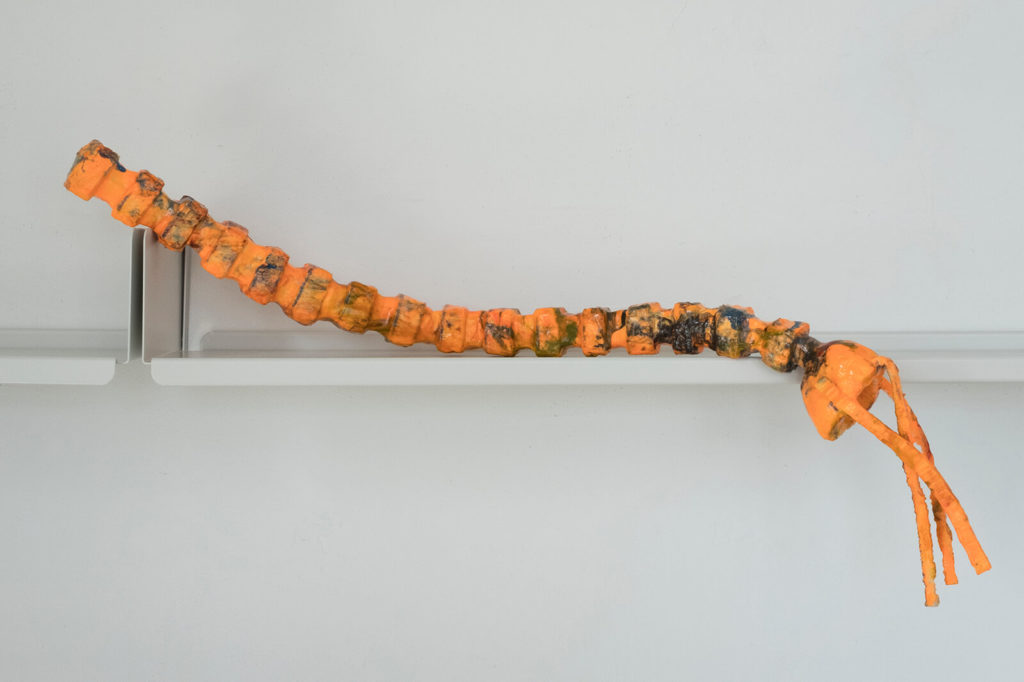
Wentrcek Zebulon,’Vestige I’, 2019
COURTESY: Wentrcek Zebulon
Which isn’t to say that Wentrcek Zebulon doesn’t take orders. They recently designed a sculptural ‘hostess stand’ for the restaurant Onda in Los Angeles, a project by the chef behind cult favourite Sqirl. Eckhaus Latta did Onda’s uniforms and Wentrcek Zebulon created a caged stand with a rectangular, red core that conceals shelving. The stand is, as yet, one of a kind. “The qualities that attract people to [our work] are the qualities that make it really hard to reproduce … That’s a lesson that took a long time to learn. Or a lesson we refuse to ever learn is maybe a better way of putting it,” says Zebulon.
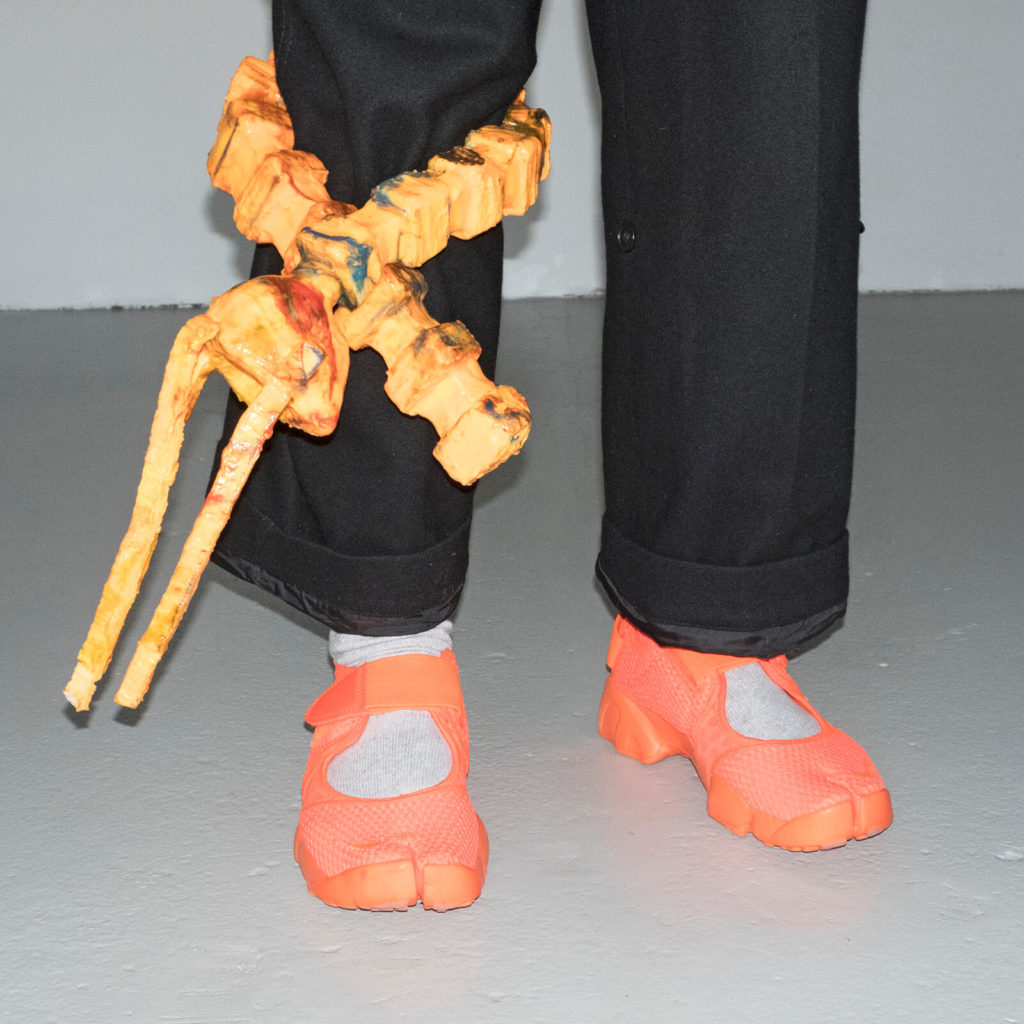
Wentrcek Zebulon,’Vestige I’, 2019
COURTESY: Wentrcek Zebulon
THE DEBUT OF Wentrcek Zebulon’s new approach came in April 2019 with the show ‘My New Appendage’. The designers balanced, hung or propped upholstery foam shapes on wooden frames. The effect was of machinery frozen in place, a perfect encapsulation of Wentrcek Zebulon’s desire to create organic feeling from unapologetically industrial materials. “There’s all these weird connotations or subconscious stuff that comes along with [using industrial materials],” says Zebulon. In name and outcome, ‘My New Appendage’ connotes biohacking, the grafting of parts to create human machines. But there is also something very childlike, even nostalgic, to the way the studio chooses materials. The vinyl coating used on the foam in ‘My New Appendage’ is familiar from pool floats. The fibreglass and rubber from earlier studio projects reminds the viewer of erasers and desk tops, things one interacts with in childhood – a time when we are more attuned to texture. (It’s harder to pay attention to industrial objects in adulthood, when they are merely accessories of working life.)
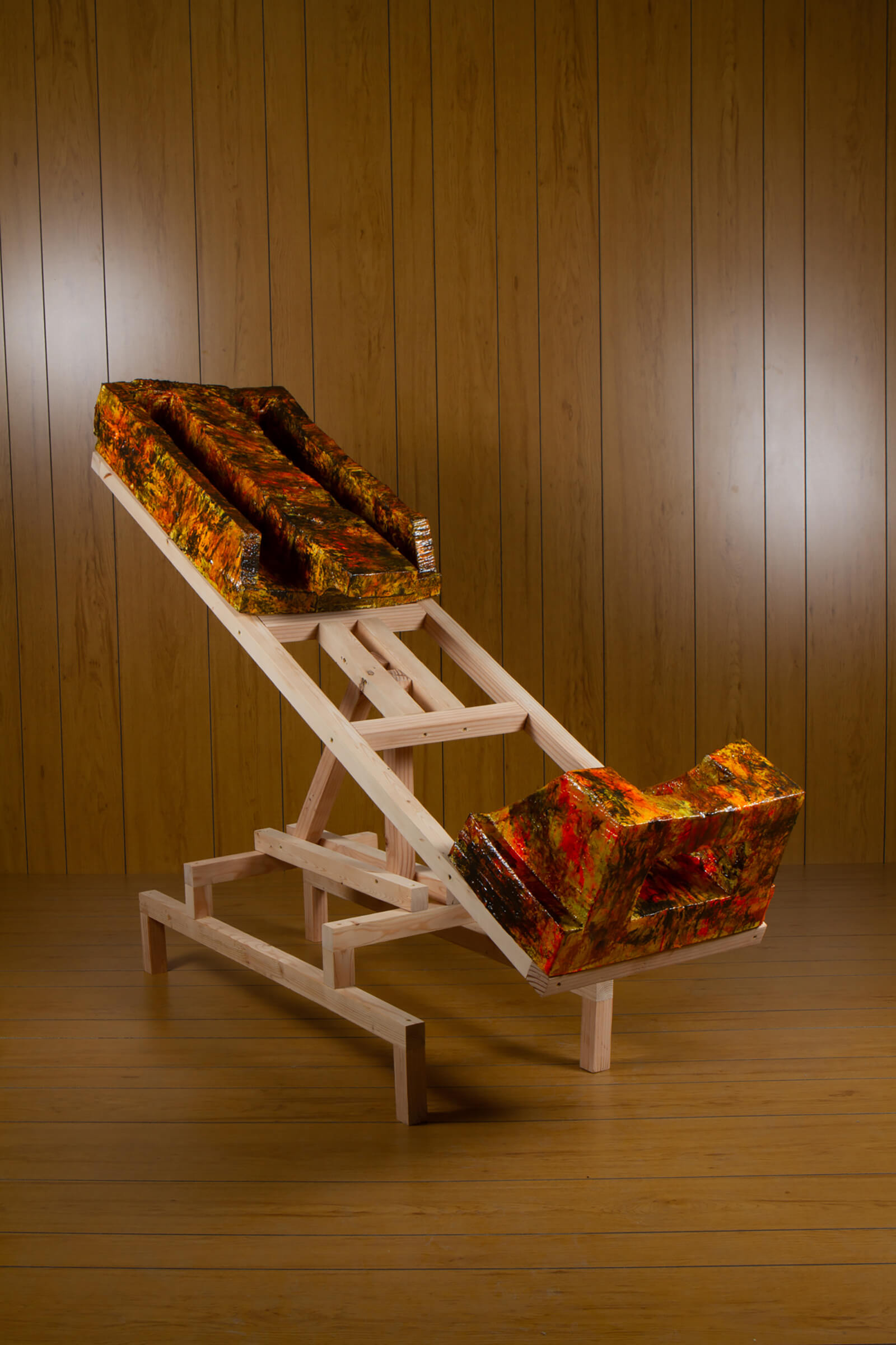
Wentrcek Zebulon, ‘Untitled’, 2019
COURTESY: Wentrcek Zebulon
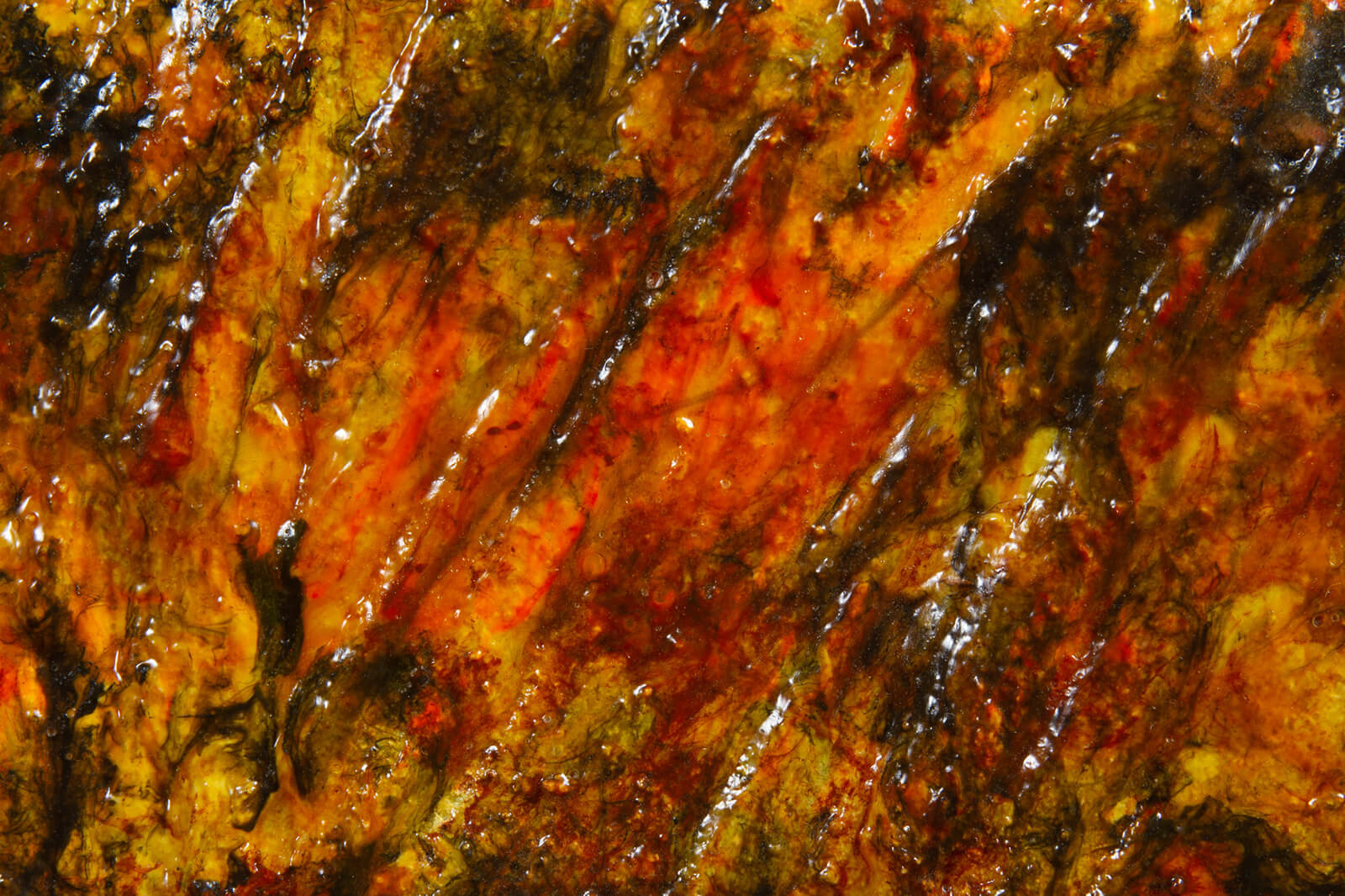
Wentrcek Zebulon, ‘Untitled’, 2019 (detail)
COURTESY: Wentrcek Zebulon
Wentrcek Zebulon worked on ‘My New Appendage’ for longer than previous shows (nine months from idea to installation). “It took a long time because we were trying to really do something that was a full break away into something that would be purely sculptural, and not something that’s tied to furniture,” says Zebulon. His mindset when the show finally happened is relatable for any creative person: “I hate it and I love it and I never want to see it again and I can never get enough praise for it.”
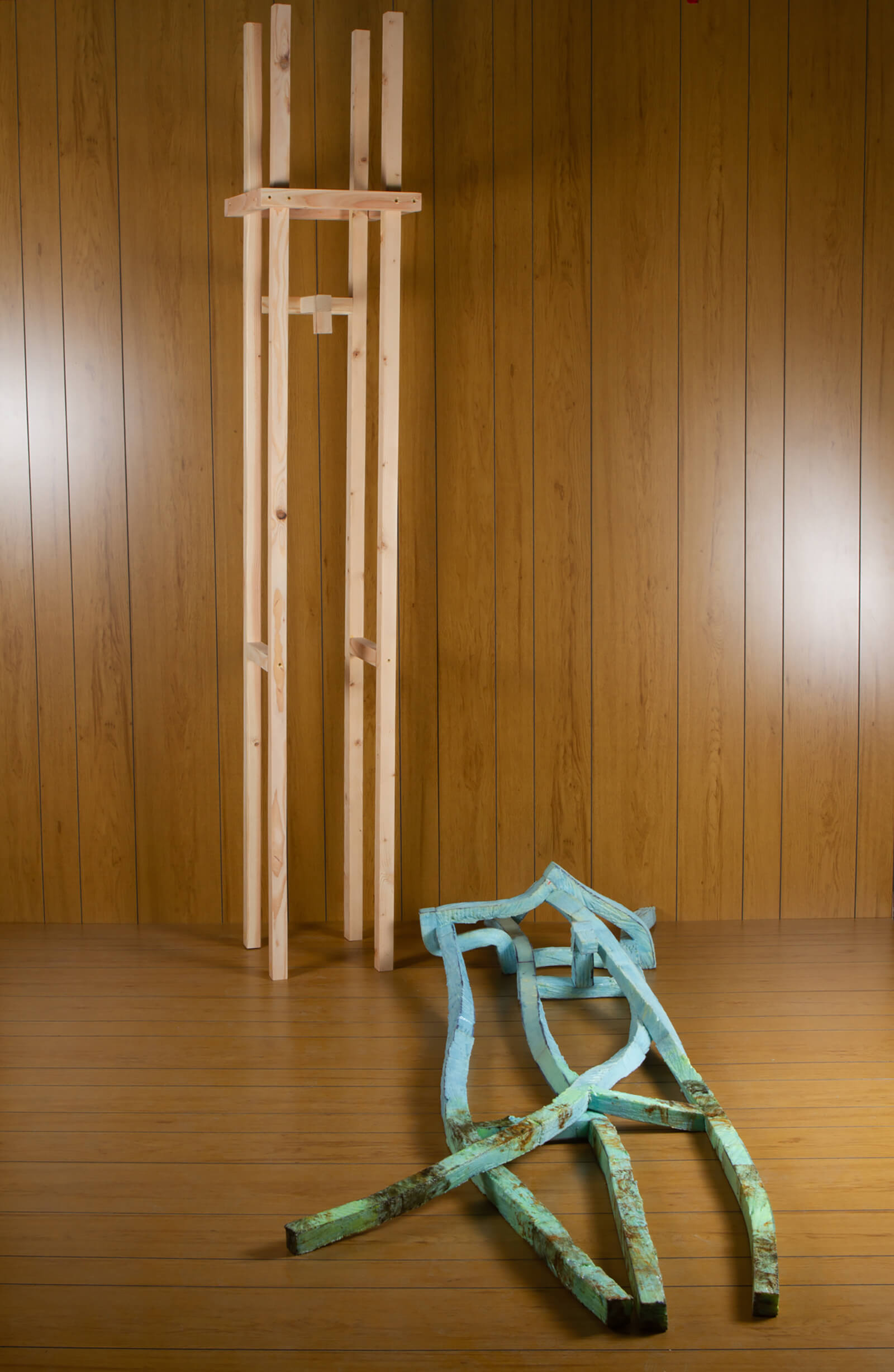
Wentrcek Zebulon, ‘2T’, 2019
COURTESY: Wentrcek Zebulon
“The qualities that attract people to [our work] are the qualities that make it really hard to reproduce …”
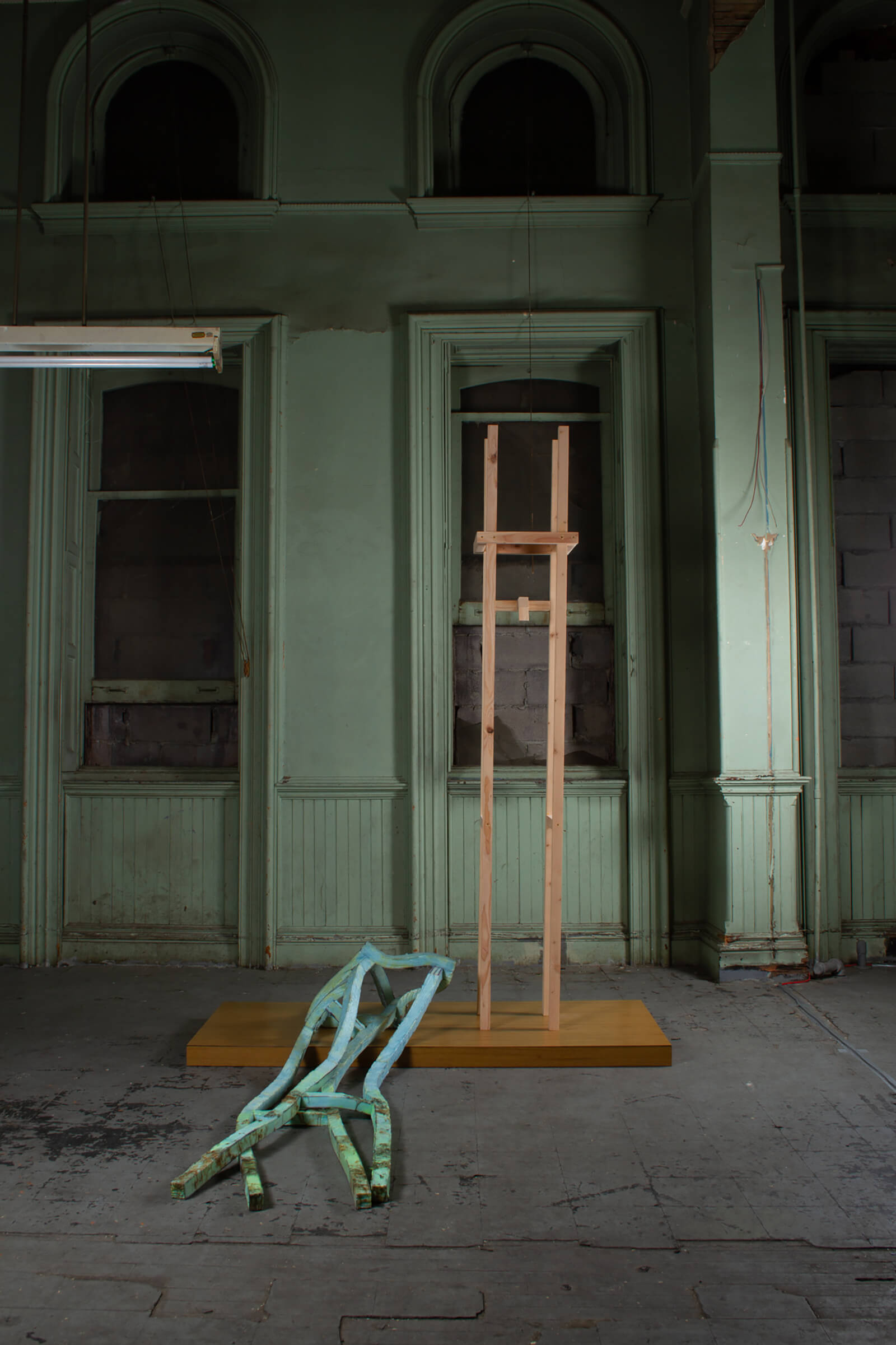
Wentrcek Zebulon, ‘2T’, 2019
COURTESY: Wentrcek Zebulon
“… It’s a lesson that took a long time to learn. Or a lesson we refuse to ever learn is maybe a better way of putting it”
The vinyl coating was sprayed out of a gun, creating a “skin” over the pores in the foam. The designers then painted over it to build a mottled texture, a departure from their monochromatic oeuvre. They continued this design language with works for ‘Enorme’, an ongoing project by Eye Bodega on the Lower East Side. The pair designed smaller iterations of the vinyl-covered foam “appendages”– and yes, they made them all in the dark. “That was new to us making something so small … It was the first time we’ve made anything for a show where you could just kind of take it there in a tote bag and drop it off,” says Zebulon. “It felt good,” Wentrcek adds.
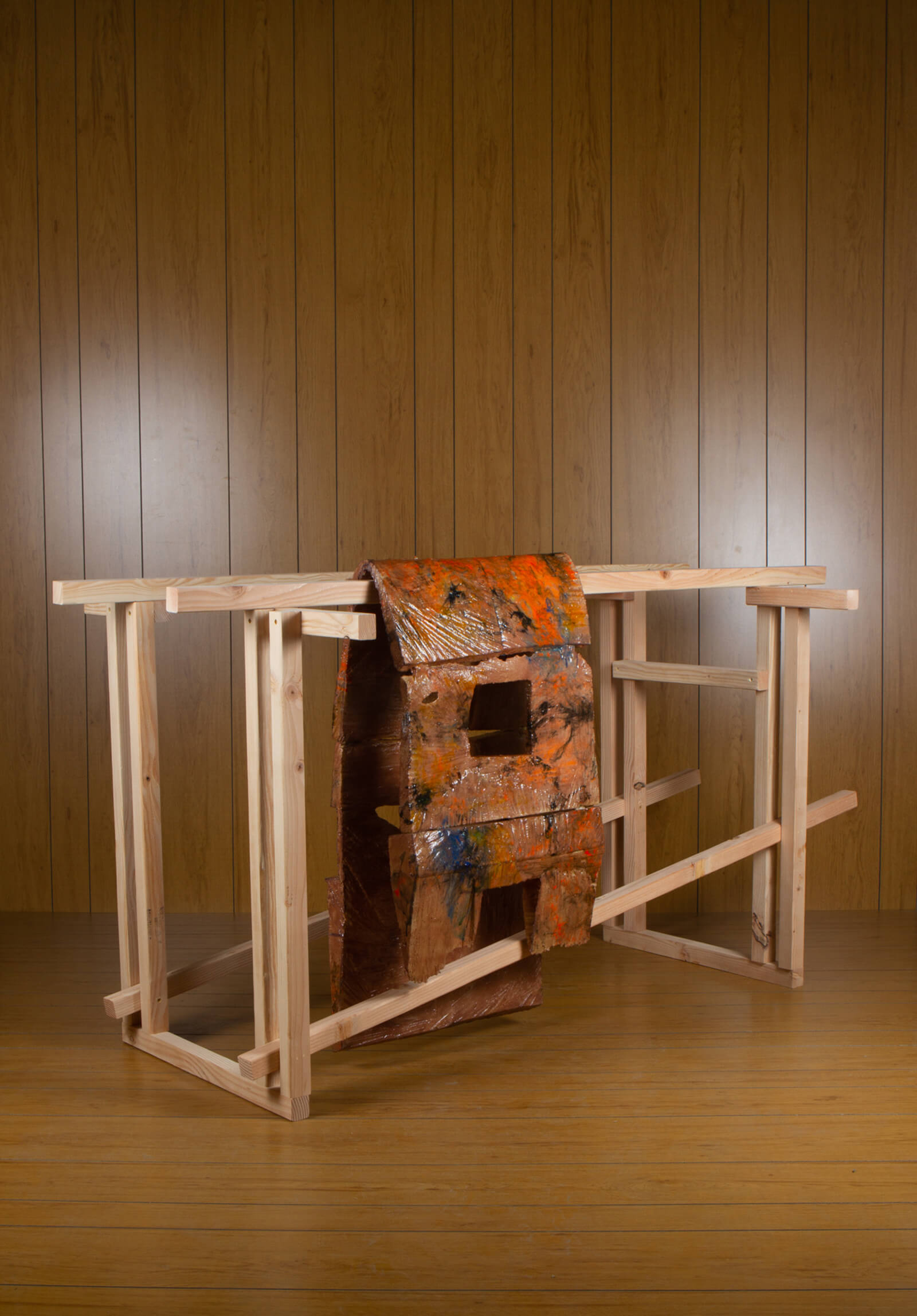
Wentrcek Zebulon, ‘Unfolded Mass’, 2019
COURTESY: Wentrcek Zebulon
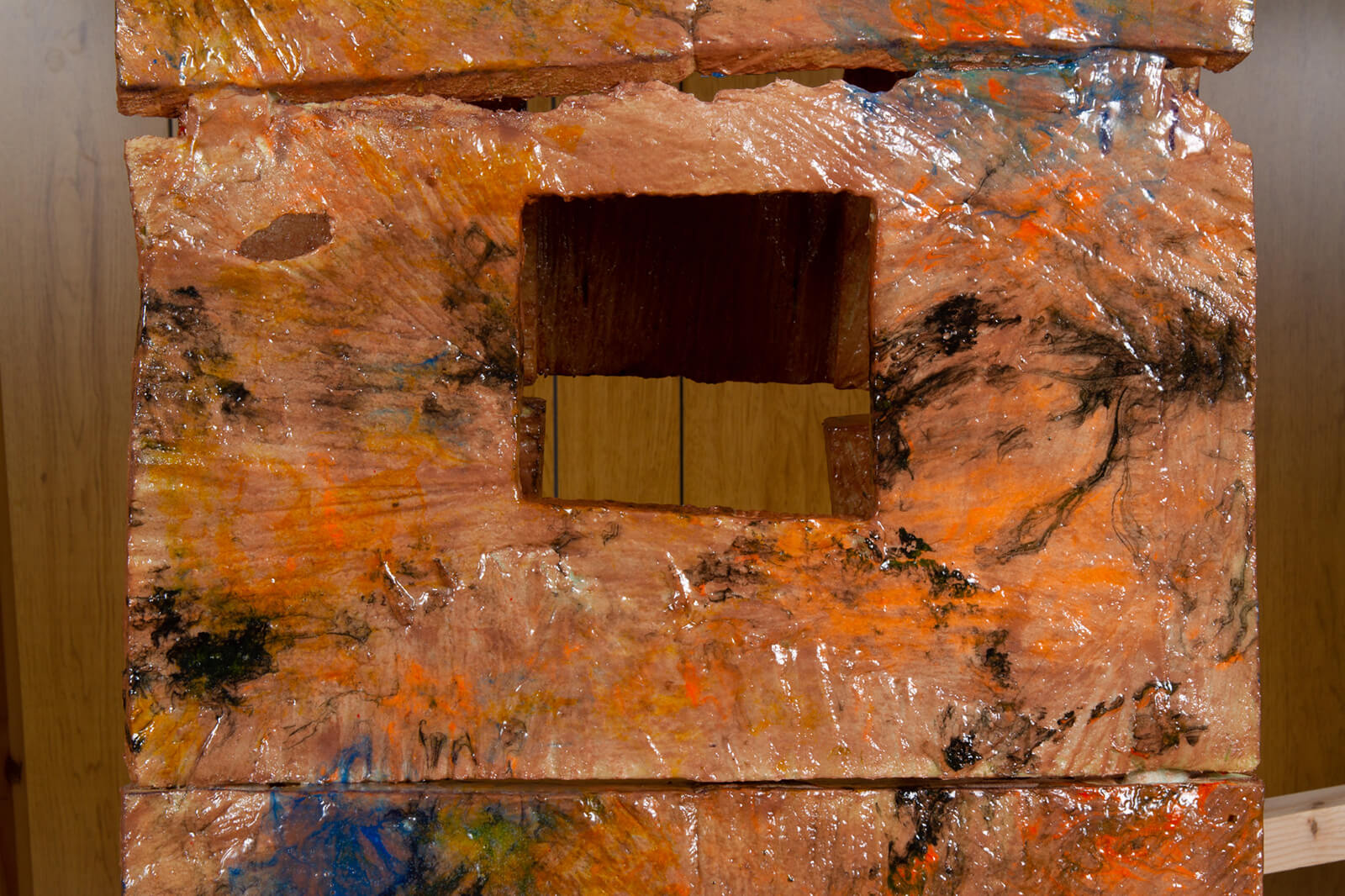
Wentrcek Zebulon, ‘Unfolded Mass’, 2019 (detail)
COURTESY: Wentrcek Zebulon
Leaving their old studio means saying goodbye to the place that marked a decisive shift in Wentrcek Zebulon’s design practice. It’s a testament to the designers that they took full advantage of this space to experiment – and socialise. In 2018, they built an immersive space inside the studio called ‘Intermediate States’. The fibreglass structure accommodated eight visitors at a time, each in their own stall with a custom footstool. (The stools were wrapped in the same hard tape that encases a broken bone). Each stall had a tap from which flowed premixed Manhattan cocktails. They called this blend of materials ‘instant nostalgia’.
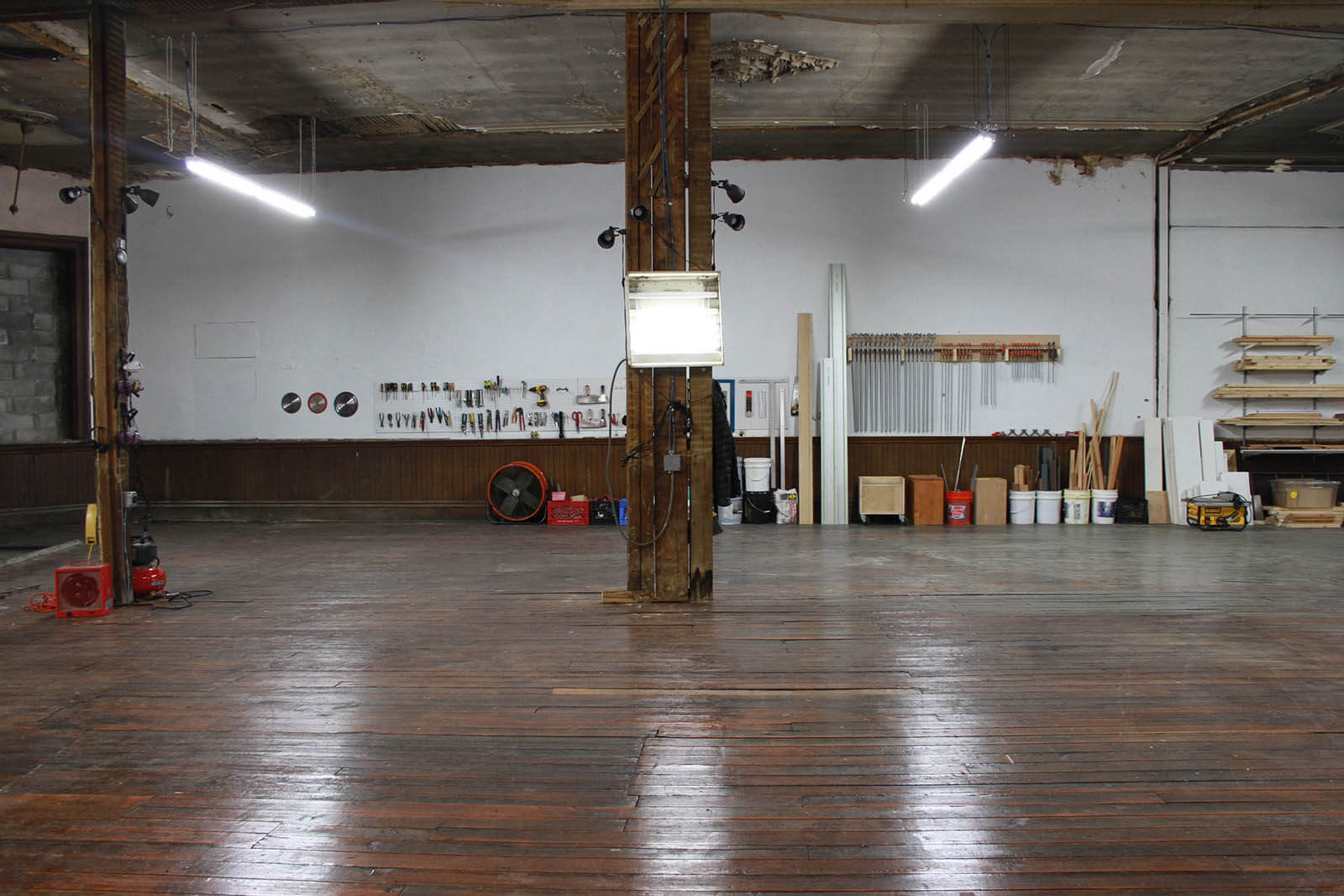
Studio
COURTESY: Wentrcek Zebulon
Wentrcek relishes buying new tools and figuring out how to use them. “There’s some consumerism in it,” she says. In 2018, the partners bought a bale of foam scraps, just because they could. “We exploded it inside the studio and it was massive amounts of foam,” says Wentrcek. Some of it became one-off stacked seating. They still haven’t used all of it. Before they move studios, Wentrcek Zebulon will sell off older prototypes and other odds and ends they’ve accumulated over the years.
“I think ideally [we’re] more of an art practice than a business,” Wentrcek says.
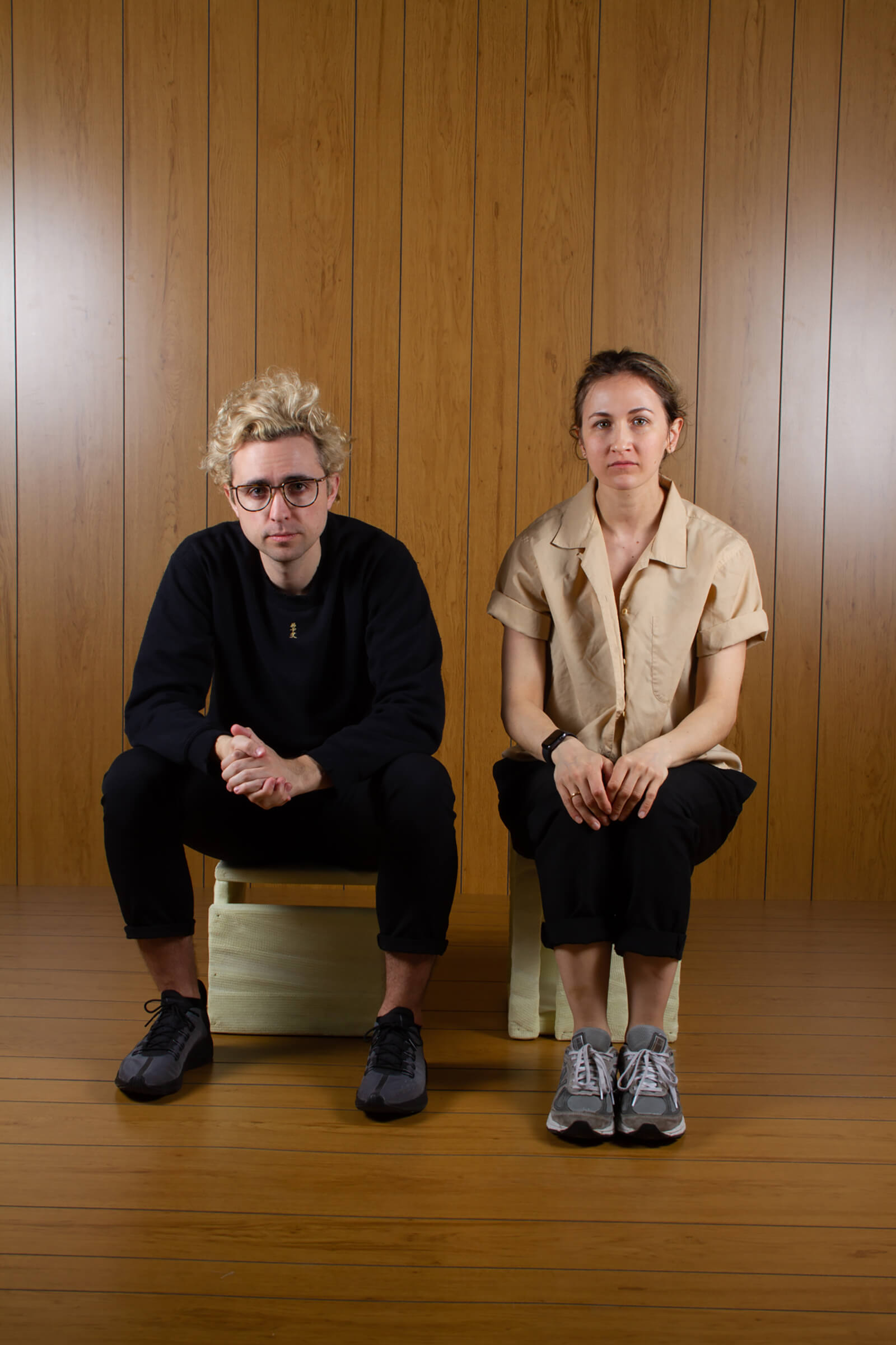
Andrew Zebulon and Kristen Wentrcek
COURTESY: Wentrcek Zebulon
Wentrcek Zebulon – design duo Andrew Zebulon and Kristen Wentrcek.
Wintercheck Factory – is Kristen Wentrcek and Andrew Zebulon Williams, it designs and fabricates an in-house furniture line alongside project specific installations.
